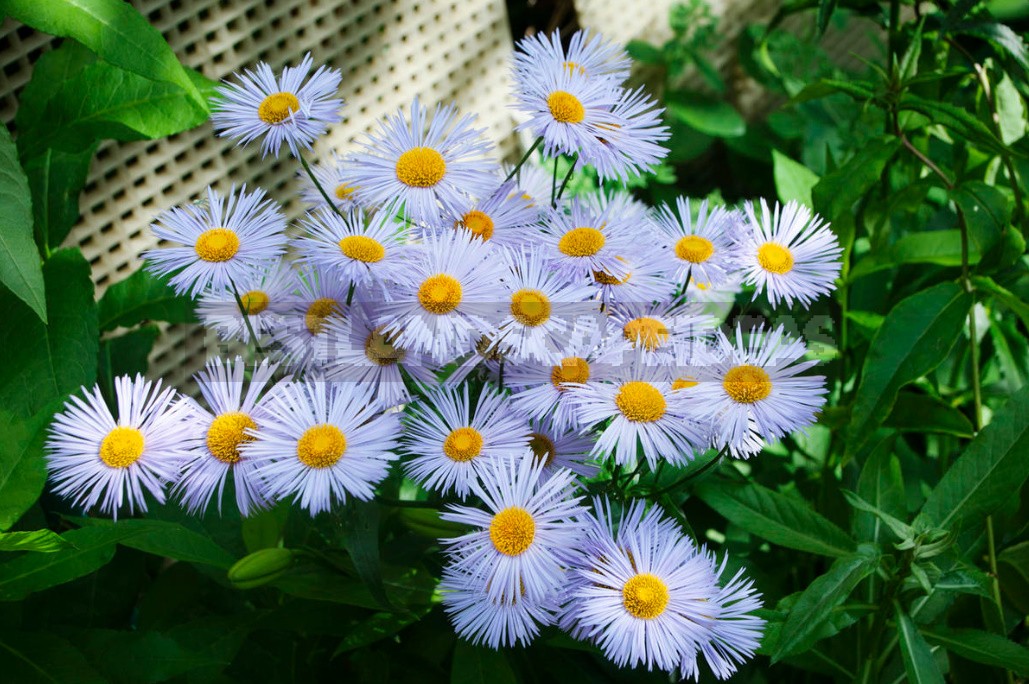
- “Kings” of purple for dacha flower beds;
- Erigeron speciosus;
- Erigeron ‘Dunkelste Aller’, syn. ‘Darkest of All’;
- Erigeron ‘Quakeress’;
- Erigeron ‘Rosa Juwel’, syn. ‘Pink Jewel’;
- Erigeron ‘Wuppertal’;
- Groundcover and rosette Erigeron;
- Erigeron karvinskianus, syn. E. mucronatus;
- Erigeron aurantiacus;
- Erigeron aureus;
- Erigeron compositus;
- Nuances of care;
- Erigeron partners in flower gardens;
- It is interesting;
Some gardeners have the opinion that over the years of our communication on the site, we have paid attention to almost all the beautiful plants that can be grown in the country. But this is not true! There are still many spectacular species that we either did not mention at all, or mentioned them just in passing. I hasten to fill this gap in relation to Erigeron from the Asteraceae/Compositae family, photos of which often appear in the questions section under the heading “Help identify the plant”.
Today we will talk about a diverse suburban role of Erigeron. Some of them are real Alpine plants, designed to grow all their lives and show off among the rocks in rockeries, flower walls. Others will add sophistication to any flower garden, while others will spread openwork carpets on the ground.
“Kings” of purple for dacha flower beds
Erigeron has a rich palette of colors: from white to dark blue. But the most interesting and popular — “cold” variations of purple and its shades with a yellow center. They are similar to perennial asters (from which they differ in pubescent seeds) and daisies, so they are often called “lilac daisies”. In Europe, they have long been known and widespread in culture, and we are just beginning to win the pedestal of garden glory.
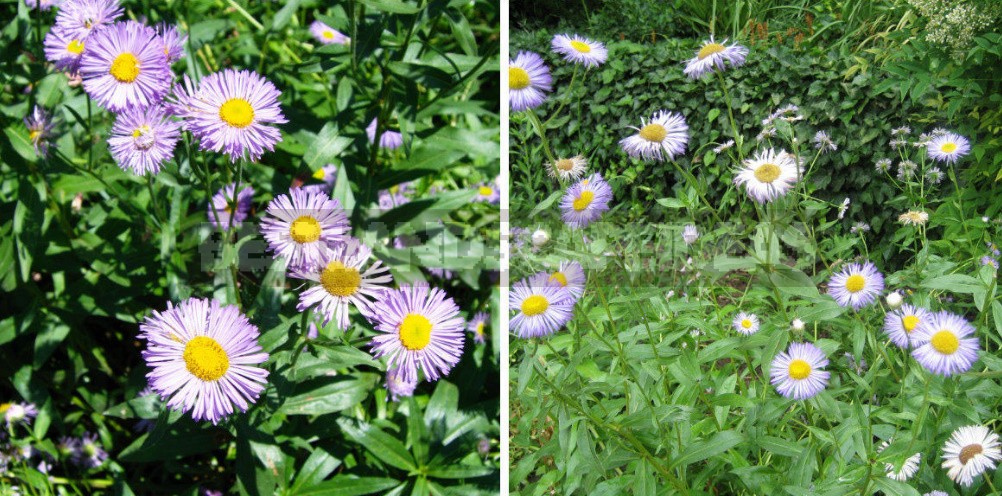
Often in domestic catalogues, varieties with large baskets are combined under the name Erigeron x hybridus. In foreign price lists, they are presented as hybrids, since their progenitors include E. speciosus, E. aurantiacus, and others.
When submitting the material, I will again adhere to the names given in the Encyclopedia of Garden Plants The Royal Horticultural Society.
Erigeron speciosus
He is originally from Canada, the northwestern United States. It is a short-rooted perennial about 60 cm high and wide. Leaves are almost glabrous; lanceolate, in the basal rosette and stem, up to 15 cm long.
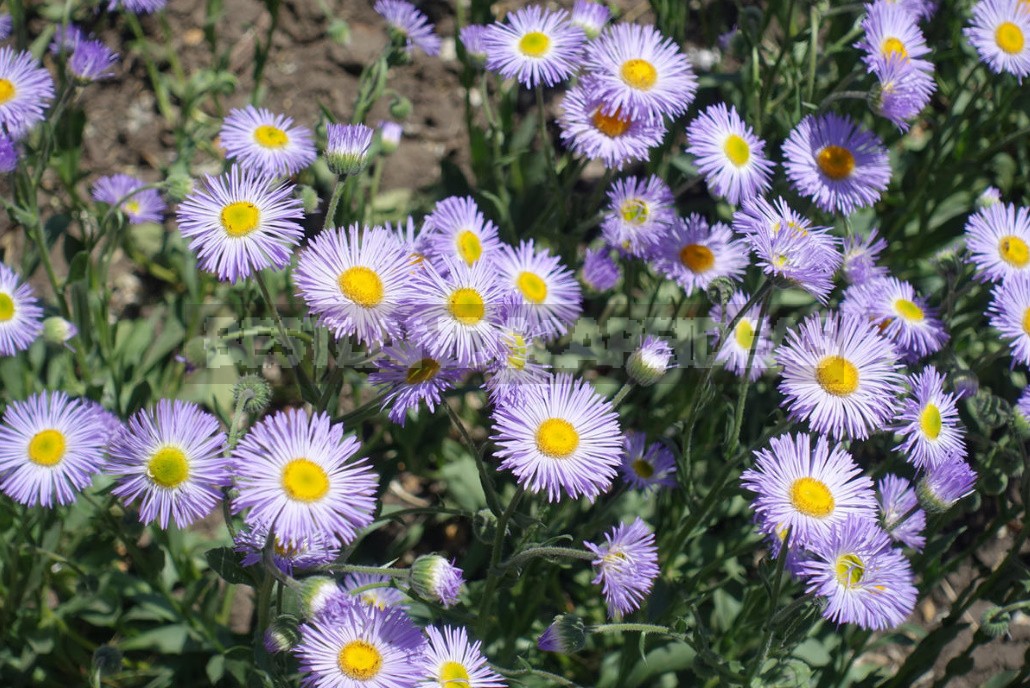
Baskets from lavender-blue to purple, with a yellow center, 4 cm in diameter; collected in flaps up to 10 cm in diameter. Flowering is very abundant, from mid-June, for a month or more.
Erigeron ‘Dunkelste Aller’, syn. ‘Darkest of All’
Compact perennial with a height of about 60 cm and a width of about 45 cm. Leaves are lanceolate, grayish. Baskets are purple, double, with long narrow tongue flowers.
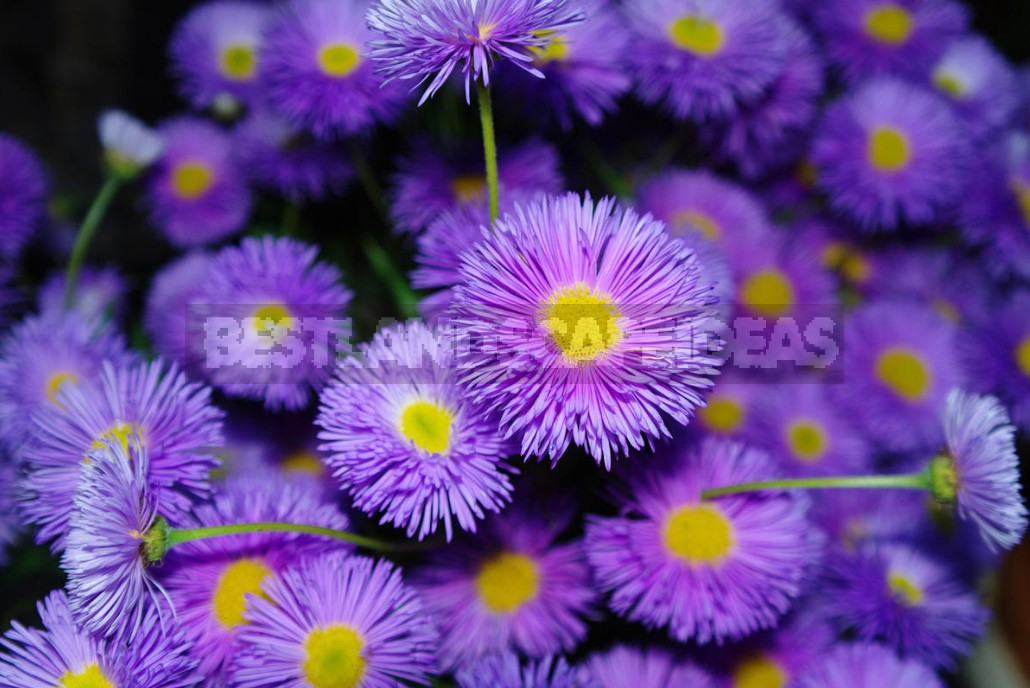
Blooms from early to mid-summer inclusive.
Erigeron ‘Quakeress’
Erigeron height up to 30-35 cm; the specified varietal 60-70 cm in the middle band reaches rarely.

Lilac baskets, blooms a little earlier than other varieties.
Erigeron ‘Rosa Juwel’, syn. ‘Pink Jewel’
A spectacular variety with a height of 60 cm and a width of 45 cm. Baskets are purple-pink, semi-double.

Erigeron ‘Wuppertal’
With a standard height of 60 cm and a width of 45 cm, it looks luxurious thanks to purple and dark purple baskets.
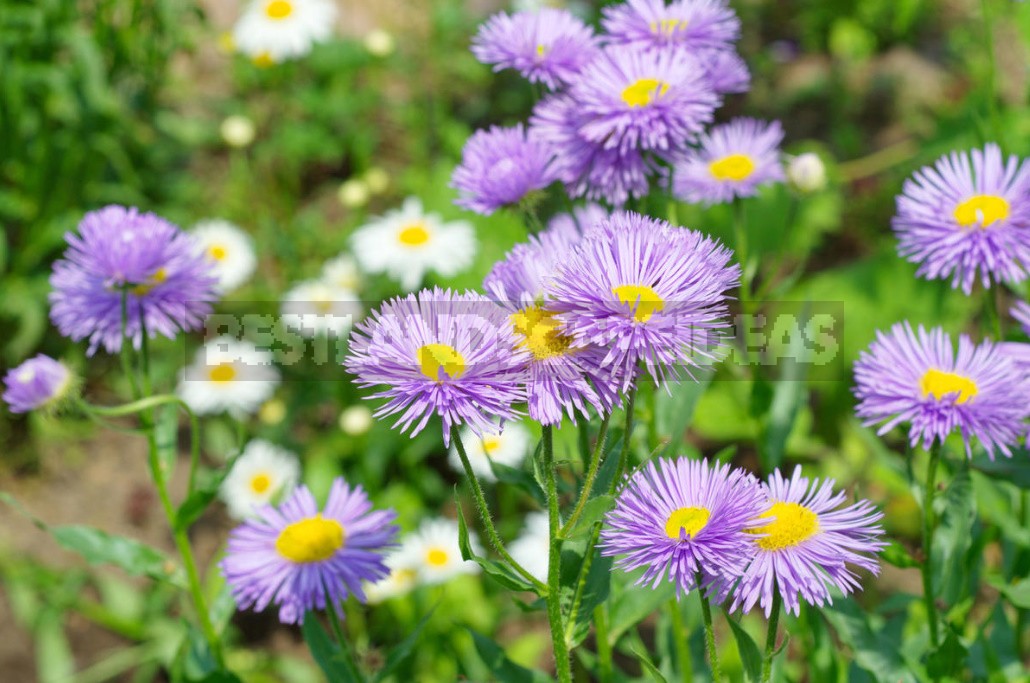
The classic contrast of purple tongue flowers and yellow center makes it possible to combine this variety with snow-white Leucanthemum, Physostegia or Zinnia.
Groundcover and rosette Erigeron
The main advantages of the first is that they completely cover the soil with a beautiful openwork carpet and bloom for a long time. More compact second species and varieties are harmonious in rockeries.
Erigeron karvinskianus, syn. E. mucronatus
He is originally from Mexico, Panama.

It is 15-30 cm high; it grows up to 1 m wide. the leaves are small, elliptical-lanceolate, up to 4 cm long. Baskets are white, pink and purple when fading; collected 2-5 PCs. Blooms all summer and warm autumn (in the South).
Decorative variety – ‘Profusion’ (more compact: about 20-30 cm high and up to 50 cm wide).

Its flowering is always abundant.
Erigeron aurantiacus
A creeping or cushion-shaped perennial 30 cm high and wide. He is originally from Central Asia.

Leaves elliptic, spoon-shaped, pubescent, up to 10 cm long. Baskets are orange, with a yellow center, 5 cm in diameter; they bloom in summer.
Erigeron aureus
Short-lived compact perennial 5-10 cm high and up to 15 cm wide as if created by nature for a stony garden. It is native to the mountainous regions of Western North America.
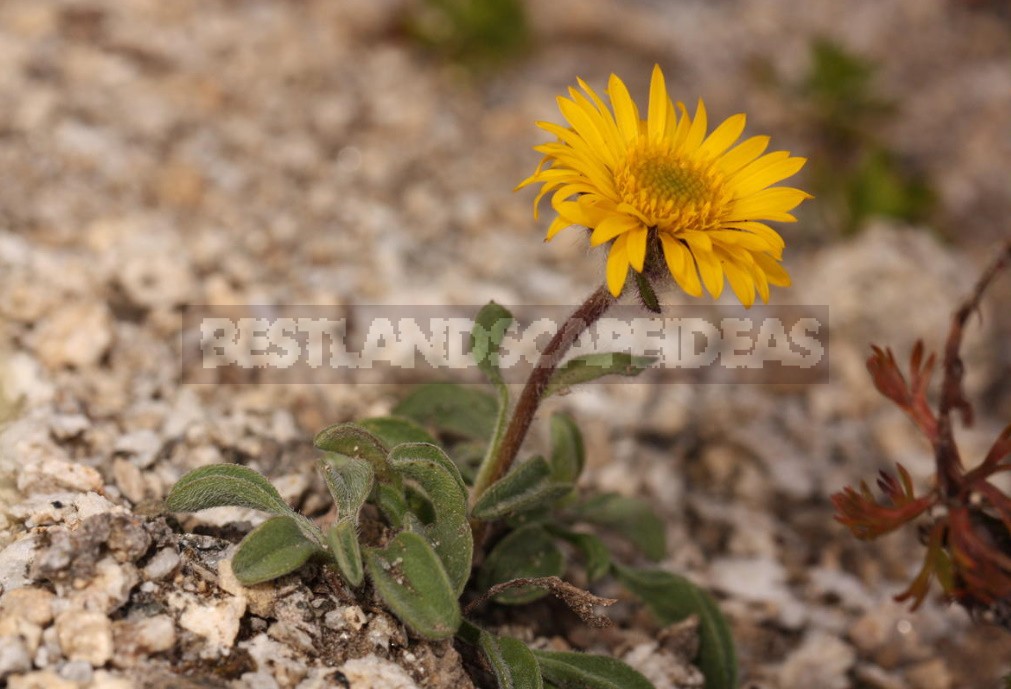
Leaves are elliptic to spoon-shaped, grey-green, pubescent, up to 8 cm long. Blooms in summer, yellow baskets about 2 cm in diameter.
Decorative variety – ‘Canary Bird’ height of 10-12 cm, more stable in culture.

It looks especially impressive against the background of stones.
Erigeron compositus
A pillow-shaped perennial 15 cm high and 10 cm wide will also be appropriate in rockeries. It is native to Greenland, Canada, and Western North America.
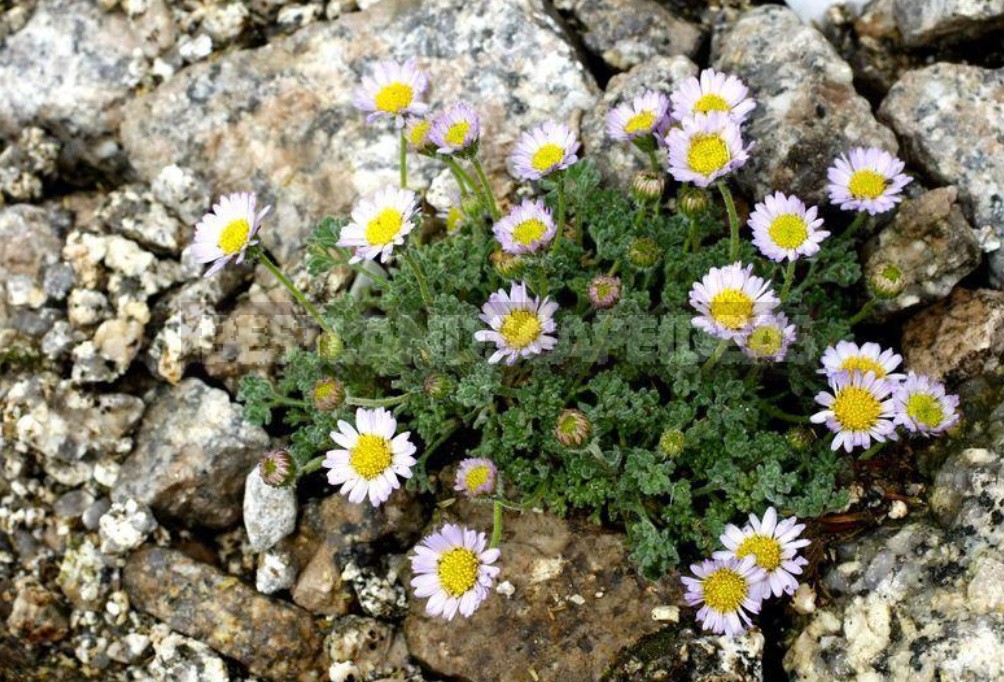
Leaves are triplicate or 4-lobed, gray-green, pubescent, 2-6 cm long. Baskets are white, pink, pale blue, up to 2 cm in diameter; they bloom in summer.
Nuances of care
Erigeron are not capricious, but there are some preferences, and it is advisable to take them into account if you want to see the variety features in full:
- they like light, fertile, moist soils (but can’t stand their waterlogging);
- they prefer to grow in the sun, but can tolerate slight shading;
- often for all Erigeron indicate a winter temperature minimum of -15°C; despite this, they winter well in the middle zone (with mulching organic substrate and under snow);
- responsive to fertilizing, so do not forget about Erigeron when fertilizing other plants;
- without losing their decorative properties they grow in one place for 5 or more years;
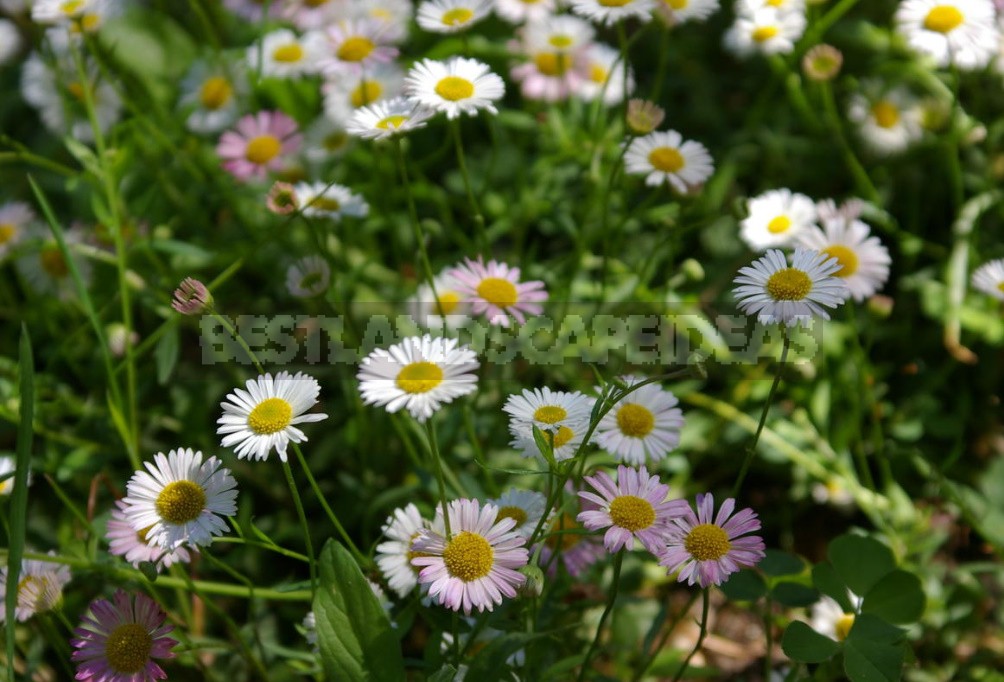
- sowing in the open ground is carried out in spring or autumn; propagate by dividing the Bush optimally in spring and late summer;
- planting density: 9 PCs per 1 m²;
- after flowering, the shoots should be cut off;
- resistant to diseases and pests;
- taller species need a garter;
- good at cutting.
Erigeron partners in flower gardens
Neighbors for purple, lilac, purple “daisies” in the compositions are actually quite a lot. These are the Leucanthemum, Physostegia, and Zinnia already mentioned above. And you can add Achillea millefolium, Oenothera fruticosa, Tolpis barbata, Ursinia and others.
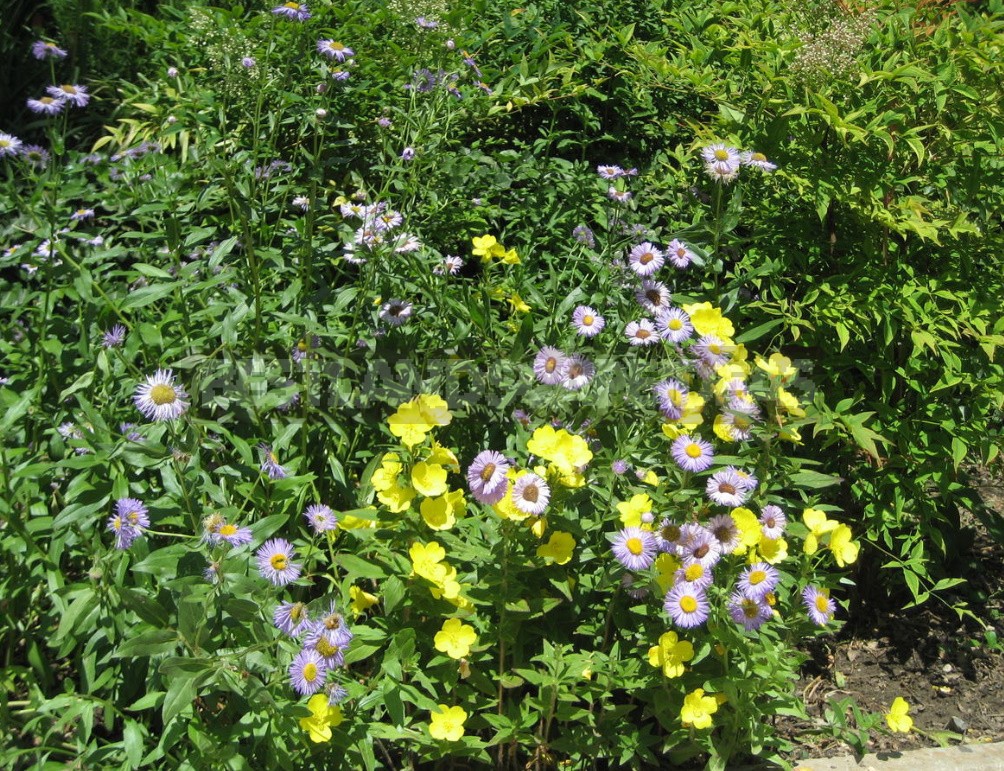
Erigeron karvinskianus is worth noting separately, which is luxurious in a duet with purple Salvia officinalis, Lobelia, Heliotropium arborescens in garden vases and flower walls.
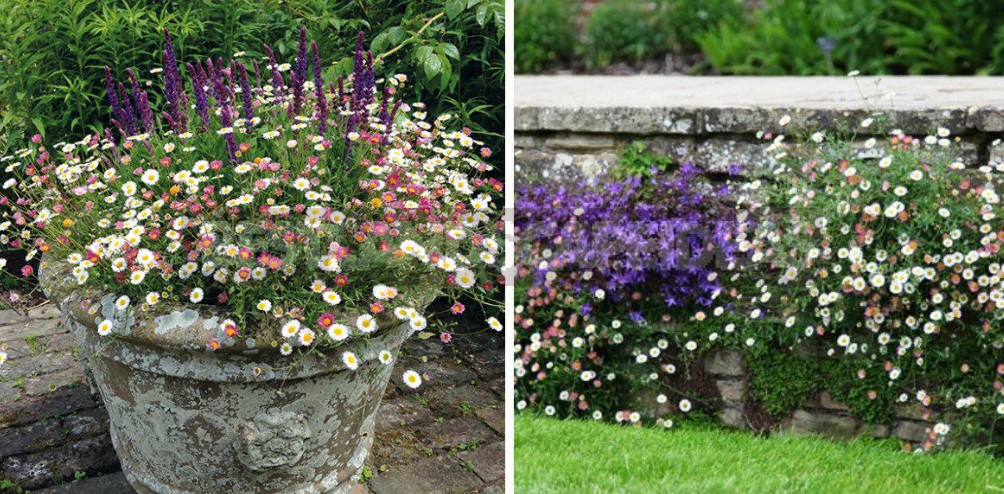
It will not only cover the open ground in the foreground of flower beds with a magnificent floral carpet, but will also become a true decoration of the stone staircase.
Erigeron karvinskianus has a huge potential in the country role!
It is interesting
Since we have decided today to take a comprehensive look at Erigeron, I can’t help but recall E. canadensis, a cosmopolitan weed that we identify on the site year after year.
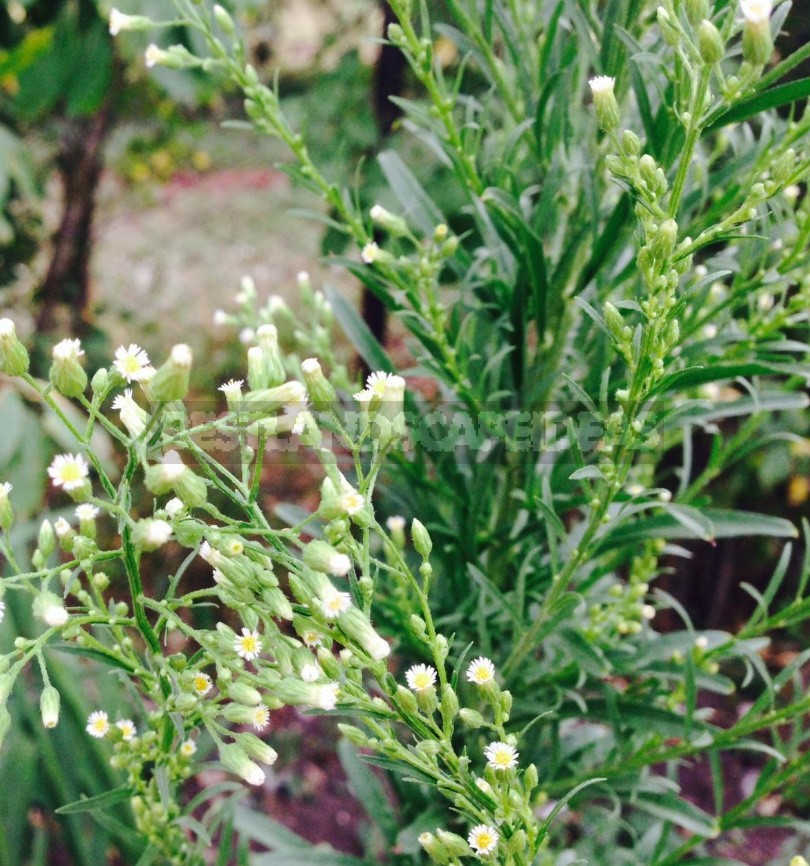
Good efironos. Medicinal plant, the aboveground part of which is used as a hemostatic, astringent, anti-inflammatory, fixing, anti-dysentery agent. In addition, the infusion of its herbs is used for rinsing the hair in order to strengthen and grow it.
I want to surprise you: there is even an aquatic, semi-submerged Erigeron heteromorphus, the upper leaves of which are entire or toothed, and submerged in water — hair-like.
And now let me ask you a question: do you already grow Erigeron (I do not mean the weed — E. canadensis) in your dacha? What plants do they participate in compositions with?
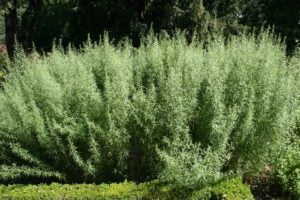
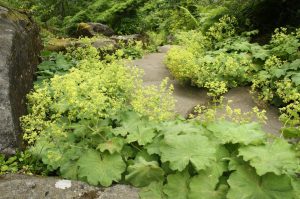
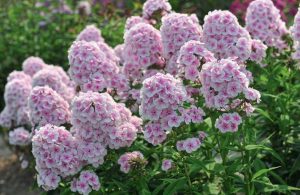

Leave a Reply